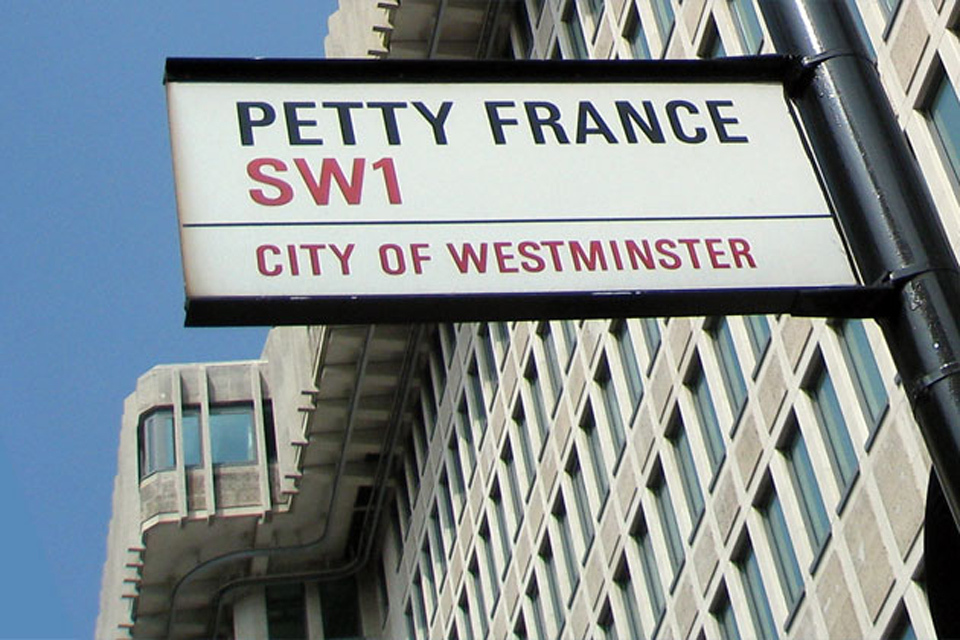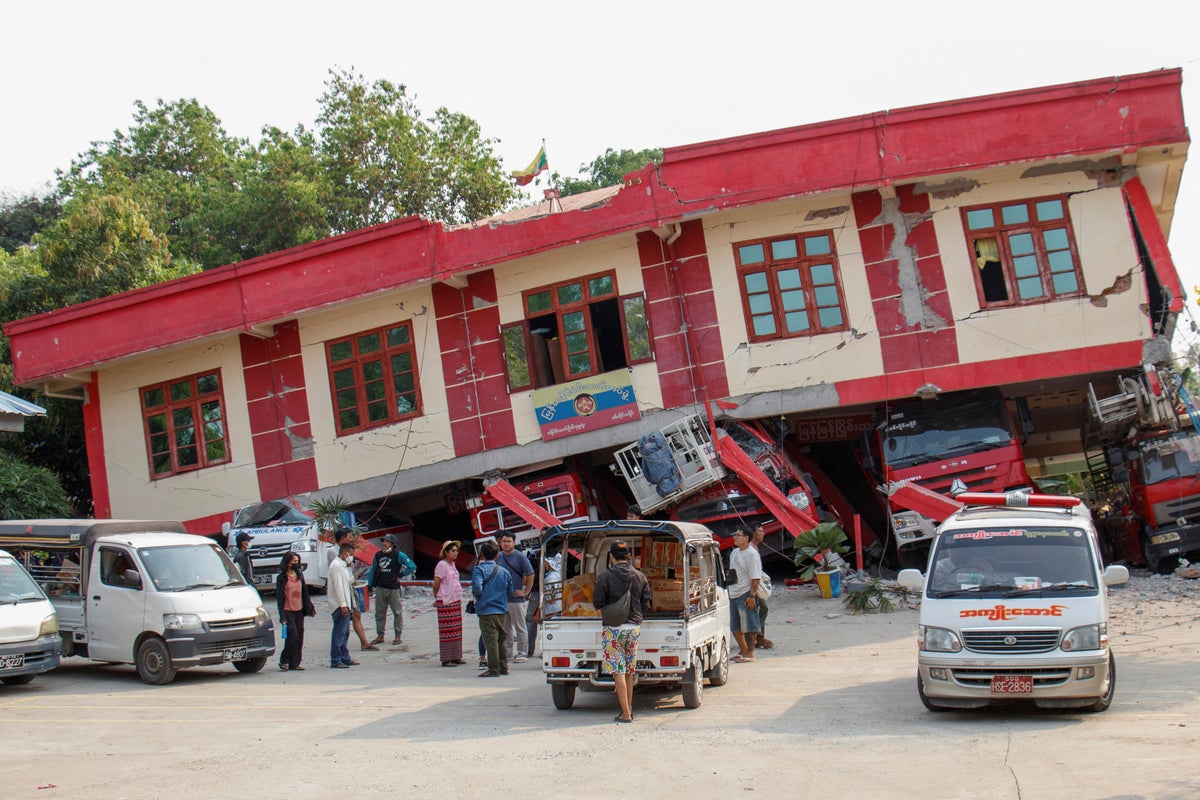The death toll from the devastating earthquake in Myanmar crossed 2,000 as signs of life were detected in the ruins of a skyscraper in Bangkok that collapsed last week.
A 7.7 magnitude shallow earthquake, one of Myanmar’s strongest in a century, jolted the civil war-torn Southeast Asian nation on Friday afternoon, leaving thousands of people dead, flattening roads, and destroying buildings hundreds of miles away in Thailand.
Aid groups arriving in the worst-hit areas of Myanmar said there was an urgent need for shelter, food and water, while in Bangkok, rescuers pressed on searching for life under the rubble of a collapsed skyscraper.
The death toll in Myanmar reached 2,065, with more than 3,900 injured and at least 270 missing, according to the state media. The military has declared a week-long mourning period from Monday, while a minute of silence will be held across the embattled nation on Tuesday.
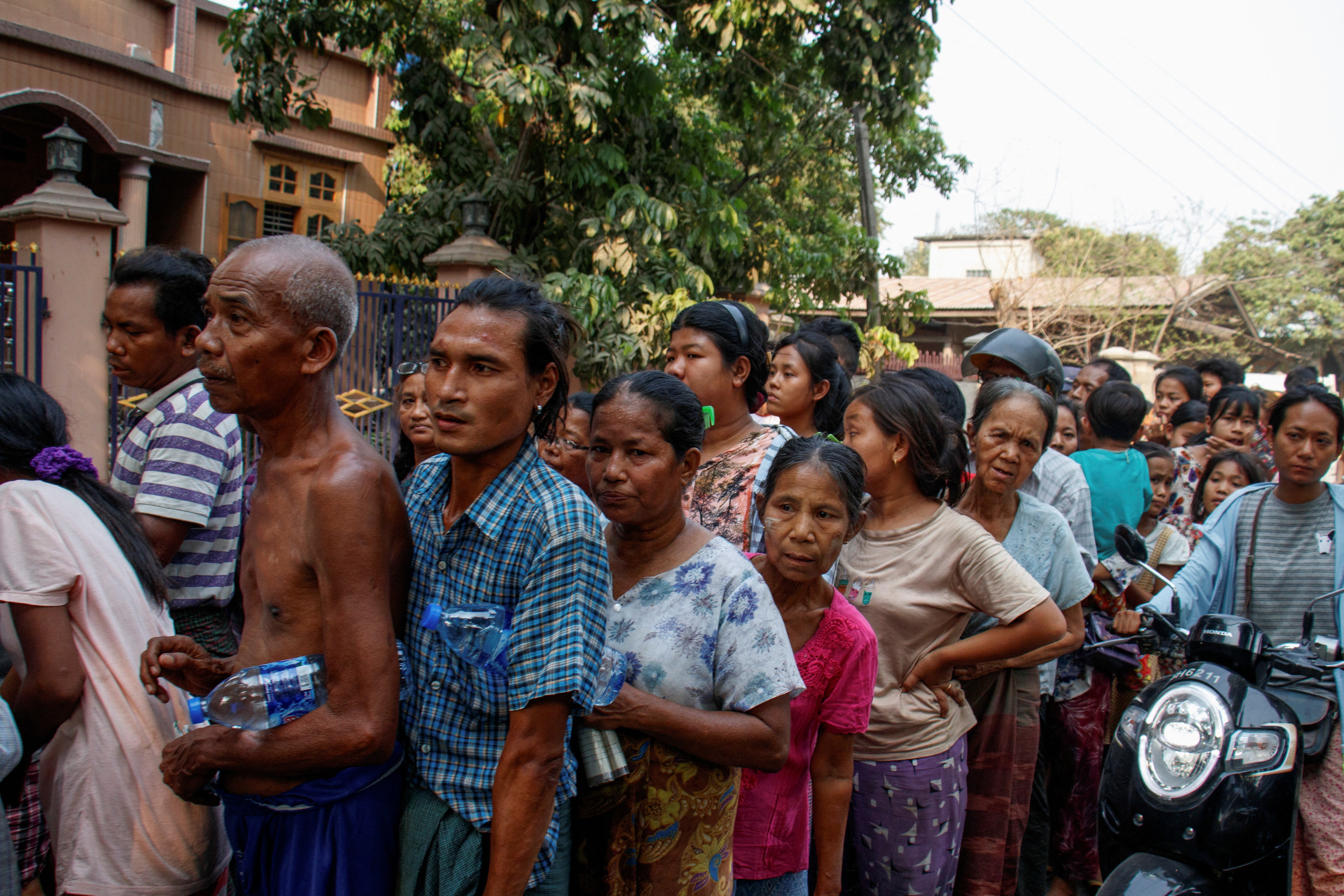
The true scale of devastation in Myanmar was not known due to limited information emerging from the nation, which was already battling a conflict between the junta and the armed ethnic rebel forces since the military wrested power from the elected government in 2021.
Relief efforts are further hampered by power outages, fuel shortages and spotty communications. A lack of heavy machinery has slowed search-and-rescue operations, forcing many to search for survivors by hand in daily temperatures above 40C.
Rescue workers in Mandalay, near the epicentre, said they were still searching for about 150 of the dead monks. Hundreds of people, for a fourth night, slept outside their buildings and were desperately trying to organise their efforts to dig bodies out of the rubble.
“People went back inside the building in the day time but still not dare to sleep at night,” the resident told Reuters. “People are still sleeping outside and started getting sick … as the ground has been hit by sun the whole day and so it’s hot.”
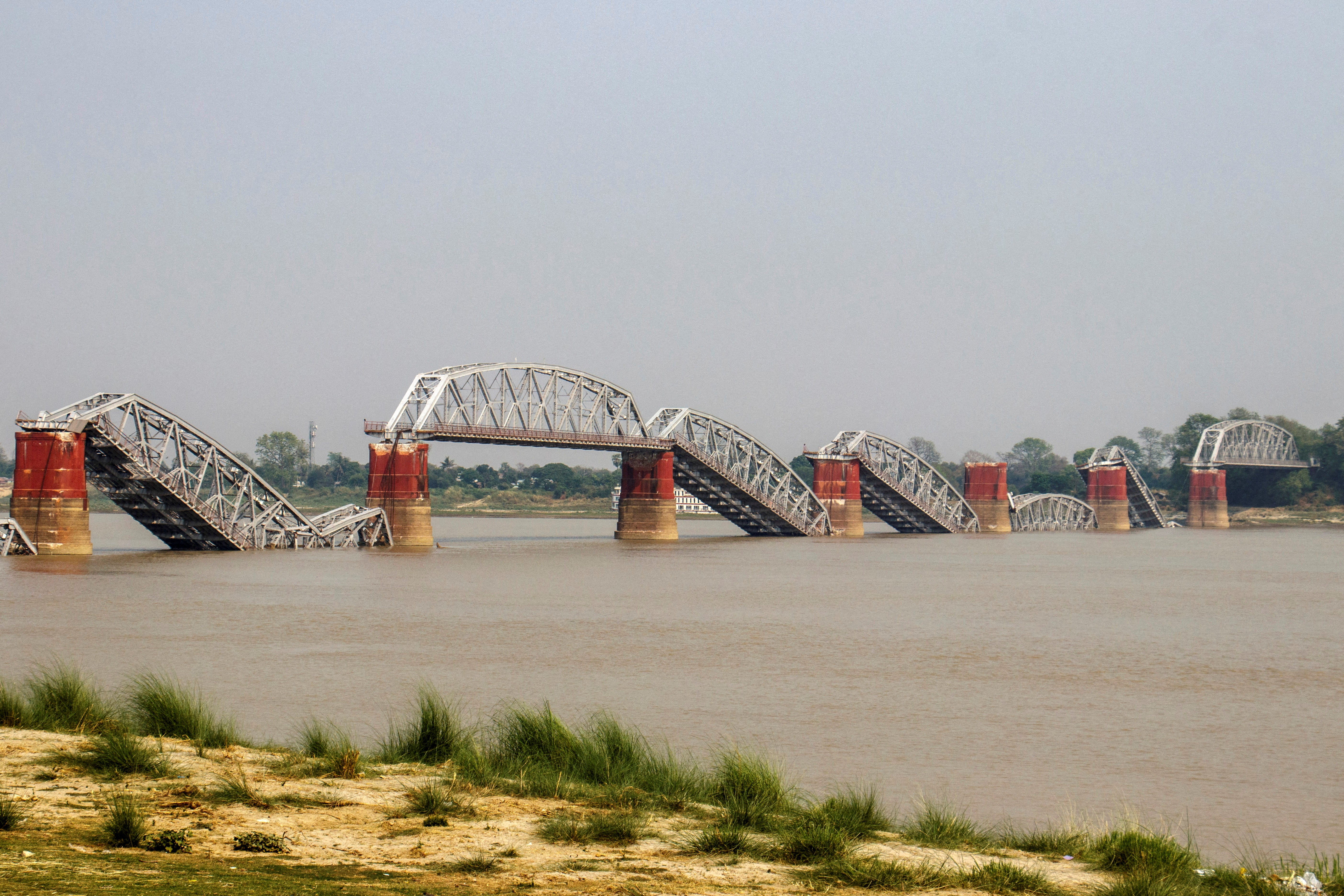
Arnaud de Baecque, the resident representative of the International Committee of the Red Cross in Myanmar, said access to all victims have been an issue given the ongoing conflict. “There are a lot of security issues to access some areas across the front lines in particular.”
The Red Cross said hospitals were overwhelmed with trauma cases and patients were being treated on beds outside due to fears of buildings collapsing.
More than 10,000 buildings completely collapsed or severely damaged in central and northwest Myanmar, the UN humanitarian agency said. One preschool classroom building collapsed in Mandalay district, killing 50 children and two teachers, it said.
“The situation is so dire that it’s hard to express what is happening,” Aung Myint Hussein, chief administrator of Mandalay’s Sajja North mosque, told AFP.
Some 700 Muslim worshipers attending Friday prayers were killed when mosques collapsed, according to Tun Kyi, a member of the steering committee of the Spring Revolution Myanmar Muslim Network. He said some 60 mosques were damaged or destroyed.
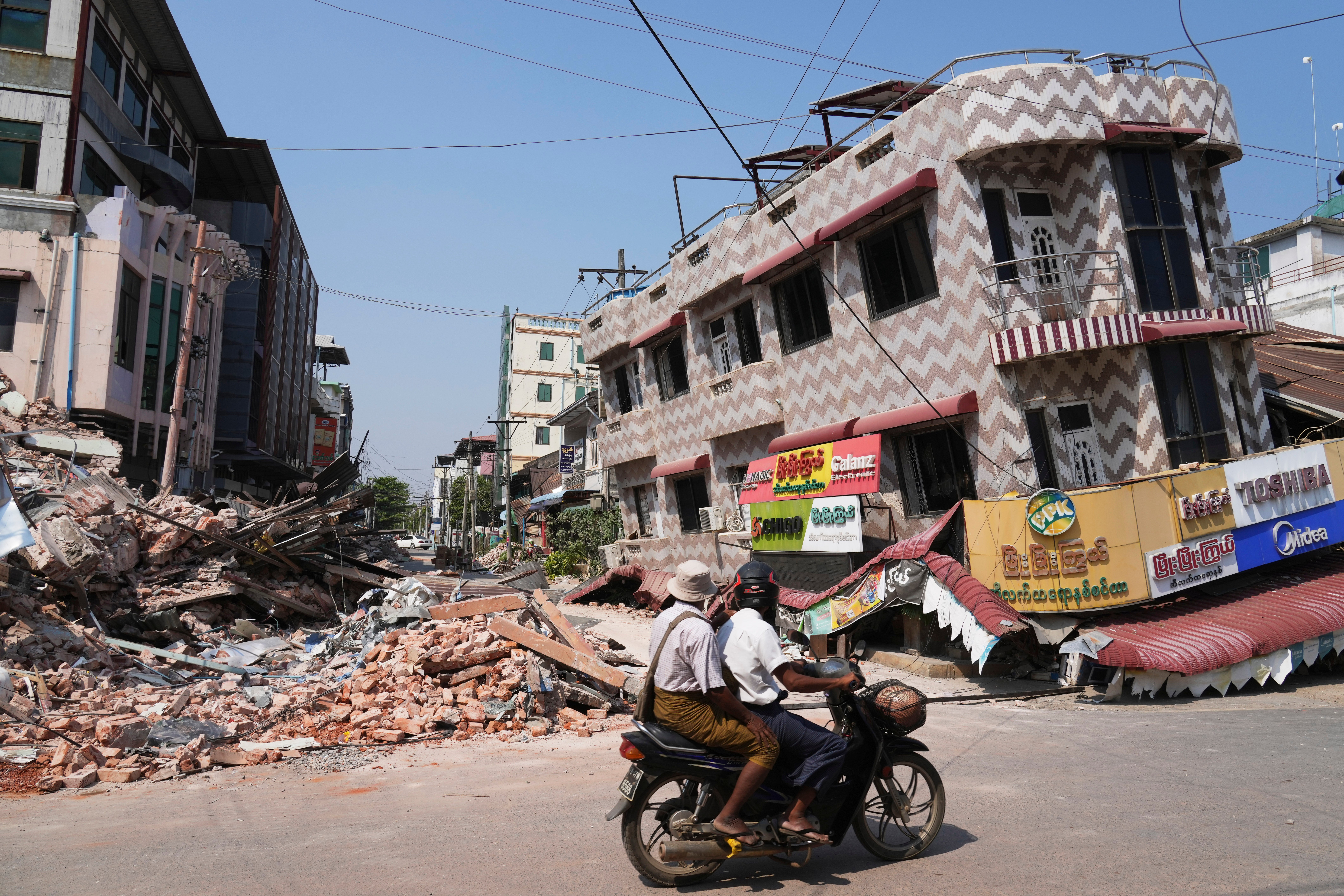
In the city of Sagaing, about 80 per cent of the buildings have collapsed, said Aung Min Naing, the programme director of the Future Youth Development Organisation. “No restaurants are opening, and no food’s available — even dry food — nor any food shops are open.”
In Bangkok, rescuers were still scouring the ruins of an unfinished skyscraper but were aware that as nearly four days had passed since the quake.
At least 13 deaths have been confirmed at the building site, with 74 people still missing, as Thailand’s national death toll from the quake stands at 20. Initial tests showed that some steel samples collected from the site of the collapsed building were substandard, Thai industry ministry officials said.
Scanning machines and sniffer dogs were deployed at the site of the building collapse with realistic chances of survival diminishing after 72 hours. “We have to speed up. We’re not going to stop even after 72 hours,” said Bangkok’s deputy governor Tavida Kamolvej.
Mana Nimitmongkol, president of the Anti-Corruption Organisation of Thailand, said it had informed the audit office about its concerns regarding the project. The government had threatened to cancel the project in January due to delays, he told Reuters.
Construction of the building began in 2020 and is being carried out by a joint venture between Italian Thai Development PCL and China Railway Number 10 (Thailand) Ltd, a local unit of China’s state-owned China Railway Group.
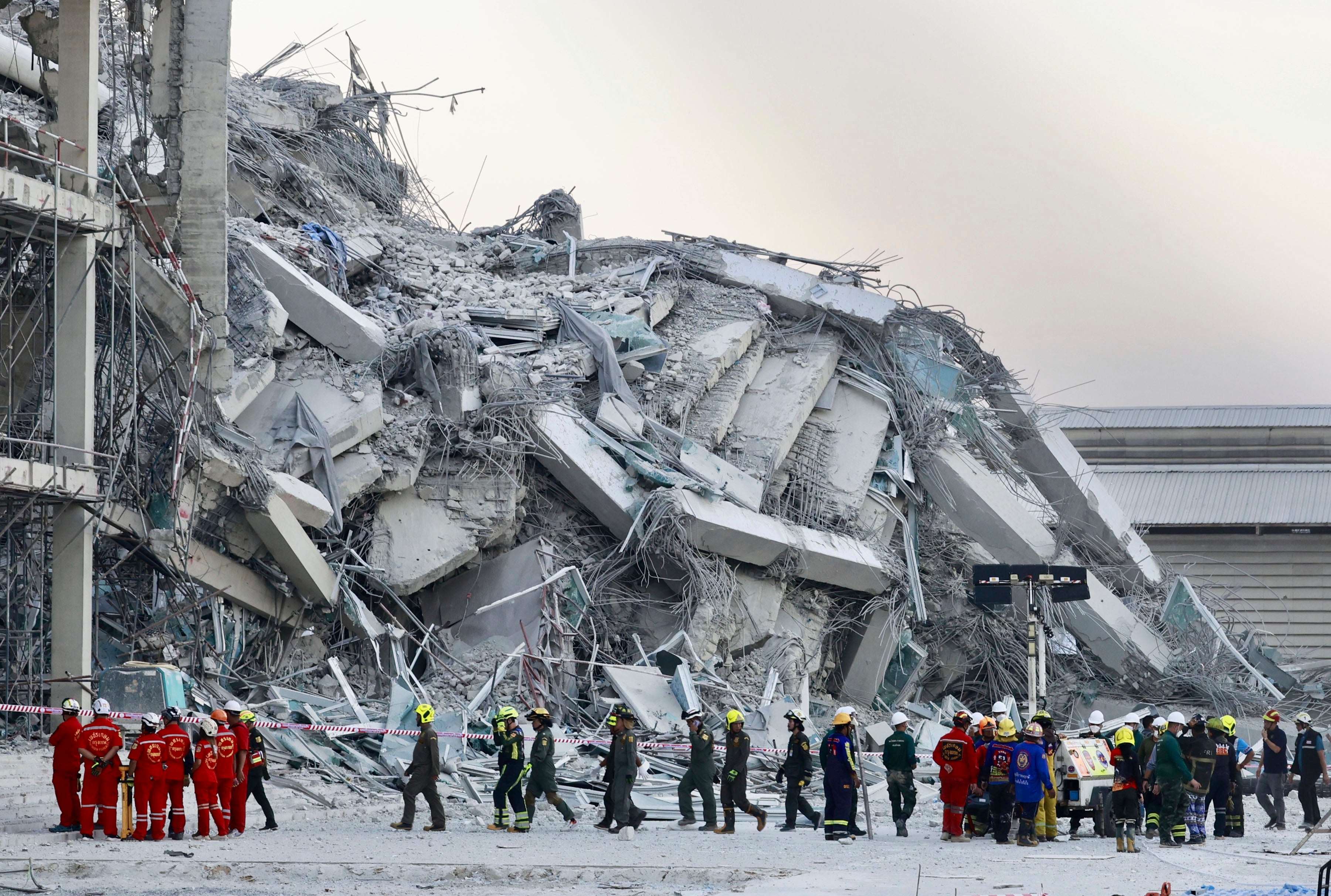
The tower was originally slated for completion by 2026 but was behind schedule. The deputy auditor general, Sutthipong Boonnithi, told reporters on Saturday that construction was only “30 per cent completed” before it collapsed.
Thai prime minister Paetongtarn Shinawatra ordered government agencies on Saturday to investigate the root cause of the building collapse within one week.
The UN’s Myanmar country team called for unimpeded access for aid teams. “Even before this earthquake, nearly 20 million people in Myanmar were in need of humanitarian assistance,” said Marcoluigi Corsi, the UN resident and humanitarian coordinator.
India, China and Russia in recent days have sent teams of responders to Myanmar while the US said it has also dispatched a group of experts. On Monday, an Indian team jackhammered through slabs of fallen concrete at one site in Mandalay.
The EU, the UK, Australia, New Zealand, South Korea and others have announced millions of dollars in aid.
